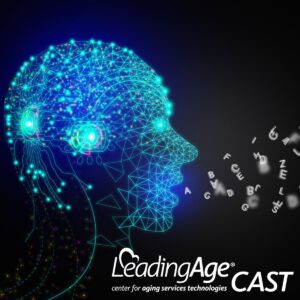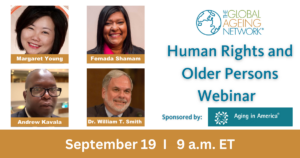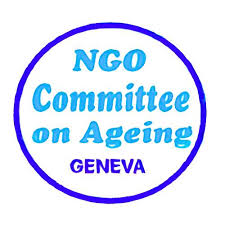Aging | Global Ageing News | Global Aging | April 06, 2017
Can Housing-Based Programming Bridge the Generational Divide?
BY GlobalAgeing
BY GERALYN MAGAN
Preliminary findings from a new LeadingAge/Generations United survey show that housing-based intergenerational programs are bringing tangible benefits to participants of all ages, as well as housing community staff.
Independent living communities in the United States are using a variety of strategies and funding mechanisms to forge strong connections between older residents and the younger people living in their neighborhoods, according to an ongoing survey by the LeadingAge Center for Applied Research and Generations United.
In the process, housing-based intergenerational programs are bringing tangible benefits to participants of all ages, as well as housing community staff.
The survey is the first step in a 12-month U.S. based study of housing-based intergenerational programs supported by The Retirement Research Foundation.
Survey questions are targeted to 2 sets of housing communities:
-
Communities that are currently implementing an intergenerational program (or have implemented a program within the past 3 years), and
-
Communities that would like to implement a program in the future.
Here’s an overview of the survey’s findings to date:
PROGRAM CHARACTERISTICS
-
Program focus:The majority of survey respondents (76%) identified “friendly visiting” as the main focus of their intergenerational programs. Other programs reported focusing on the visual, theater, and musical arts (57%); oral history and reminiscence (47%); health/wellness activities (38%); and mentoring/youth development (33%).
-
Ages served:Most (80%) of the respondents gear their intergenerational programs to high school students, while others also focus on implementing activities with elementary (57%), middle school (47%), and university students (47%).
-
Program history:More than a third (36%) of the programs have been operating for 10 years or more.
-
Funding: Program funds come from a variety of sources, with most programs (44%) using a combination of internal funds from the housing community and funds from foundation grants and external partners. The most popular partners included public schools, universities, and day care centers.
-
Staff and participants:Two-thirds (61%) of respondents reported that they run intergenerational programs with a combination of housing community staff and external staff. Over the course of a year, the number of participants in individual programs was as high as 300 older adults and 100 young people, with a median of 26 older adults and 32 younger people participating in housing-based programs.
-
Community size:To date, most of the respondents (72%) represent housing communities with more than 100 apartments.
BENEFITS FOR ALL
Respondents cited a variety of perceived benefits that their programs offer to young people, older adults, and housing community staff. The top 3 perceived benefits for each group included:
-
Young people: Increased social, communication or academic skills; increased sense of community; and greater understanding of the issues facing older adults
-
Older adults:Decreased isolation, increased sense of community, and increased sense of purpose
-
Housing community staff: New partnerships, new intergenerational relationships, and increased commitment to the organization
MEETING IMPLEMENTATION CHALLENGES
Programs most often reported that they had difficulty engaging older adults, obtaining funding, and staffing their programs. Similar concerns were reported by housing providers who would like to implement a program in the future but have not yet done so.
Survey respondents also cited the need for technical assistance in these areas:
-
Program evaluation
-
Developing and/or facilitating appropriate activities
-
Fundraising
-
Developing and sustaining community partnerships
-
Recruiting older adults
-
Licensing/regulations/liability/safety concerns
NEXT STEPS
Once the initial survey is complete, researchers will conduct in-depth interviews with 10 diverse housing communities currently implementing intergenerational programs, and 10 properties that are interested in implementing intergenerational programs in the future.
The researchers would like to learn more about challenges and successful approaches from a variety of providers, including rural, urban, affordable, and market-rate providers. A final report on the study findings will be issued when the project ends this fall.

Recently Added
September 25, 2024
The LeadingAge CAST Releases new LLM Resource Guide
September 25, 2024
Global Ageing Network hosts Human Rights and Older Persons Webinar
September 24, 2024
Geneva Calls: A Pivotal Moment for Older Persons’ Rights
Translate »




